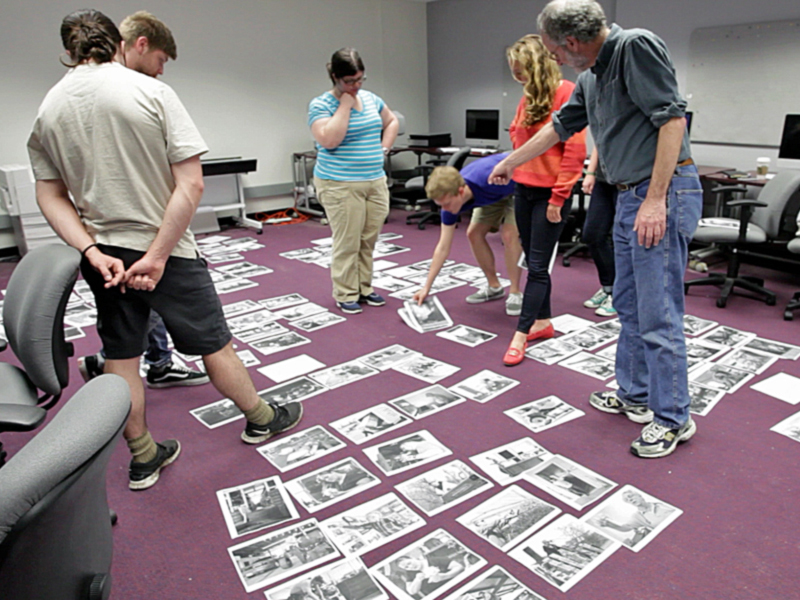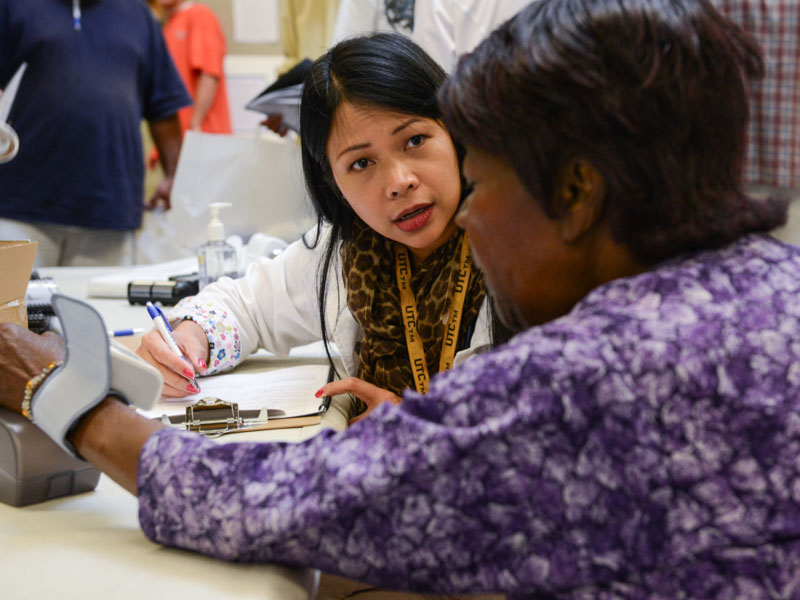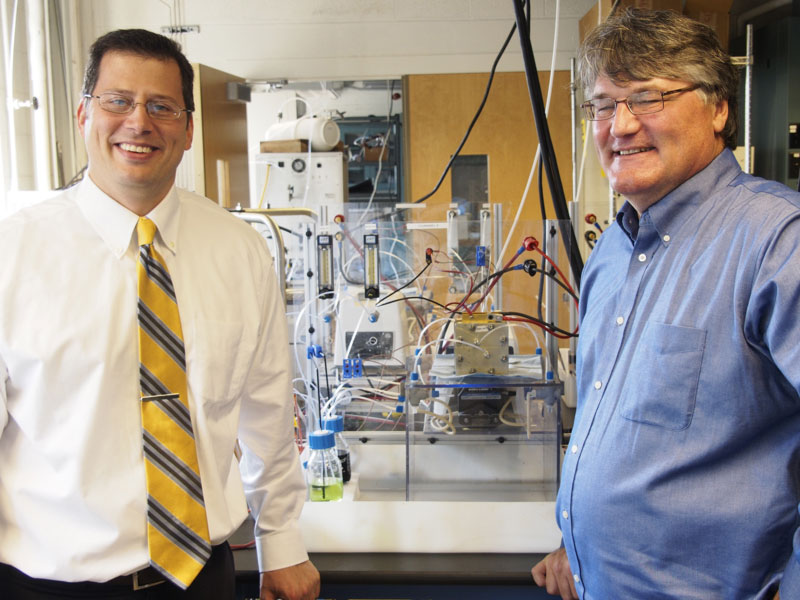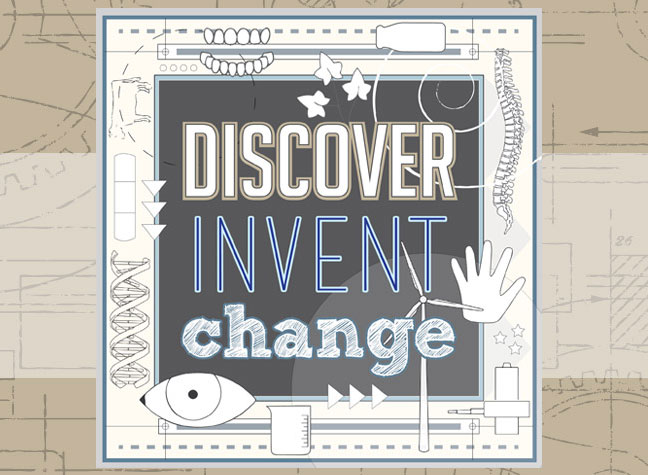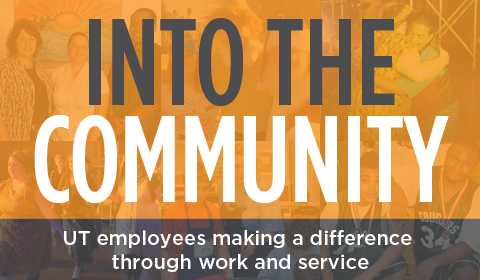
Education Matters in Tennessee
Fifty-five percent by 2025. That’s Gov. Haslam’s goal for the number of Tennesseans with a degree. It’s a big jump from the current rate of 32 percent. To achieve this goal, we must all work together. Alongside Tennessee Board of Regents institutions, the University of Tennessee is boosting degrees in our state by attracting, retaining and graduating our students.
More help is needed, however, to maintain momentum of the Complete College Tennessee Act, which rewards institutions for better performance. Education has to be a higher priority in the state. Through improved education at all levels, Tennessee can have a more competitive workforce and stronger future.
At the University of Tennessee, we’re taking a hard look at our business model and at how much students pay in tuition. We’re looking at every possible way we can be efficient, effective and entrepreneurial, whether that means saving on the cost to replace a roof or reorganizing an academic department, as some campuses have already done.
I look forward to 2015 and our drive to make education the best it can be in this state. All Tennesseans, current and future, deserve that opportunity.
All the best,

UT President Joe DiPietro
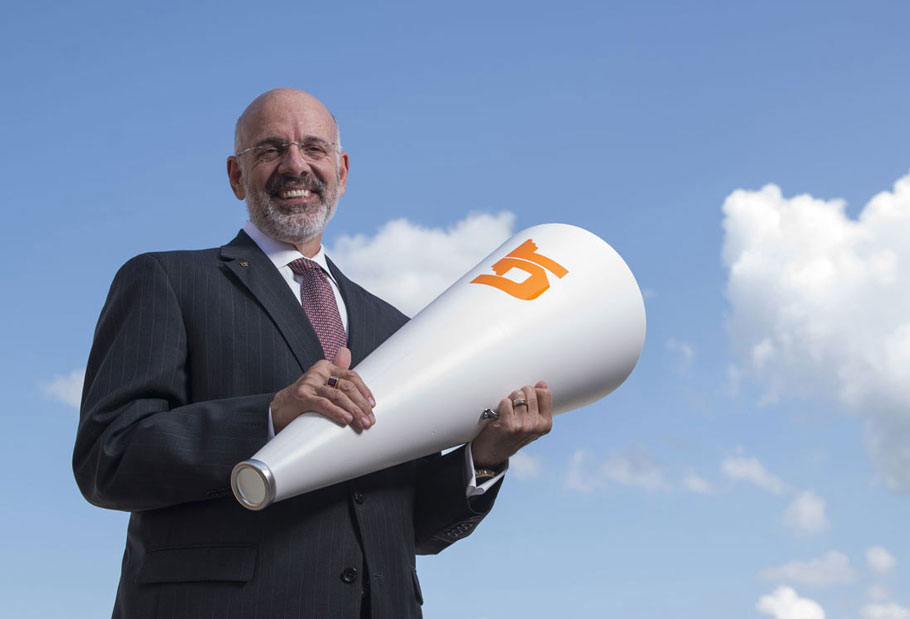
Does education matter to you? Speak up. Join our call for education to be a higher priority in Tennessee.
NUMBERS YOU SHOULD KNOW
$155 million
Estimated system-wide budget gap in 2025.1
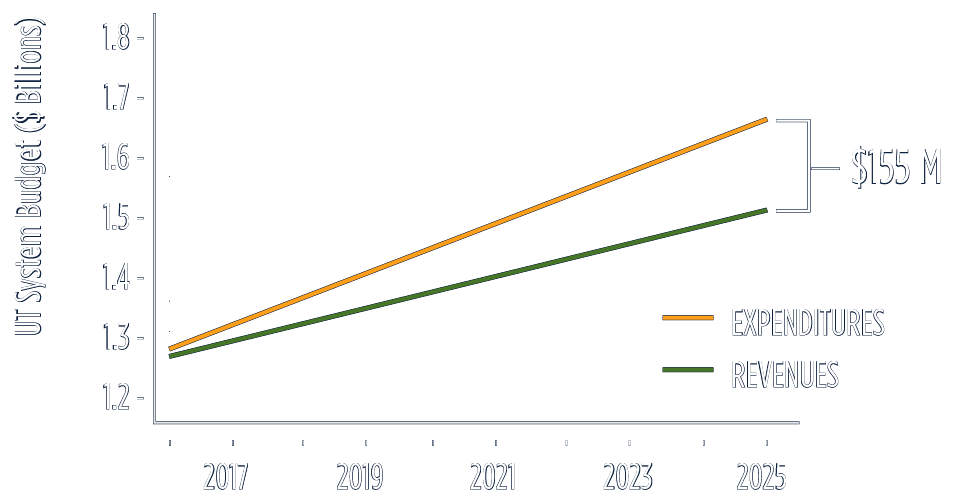 1Based on a 10-year projection of tuition increases of 3 percent, inflation of 3 percent and no increases in state appropriations.
1Based on a 10-year projection of tuition increases of 3 percent, inflation of 3 percent and no increases in state appropriations.
$4.6 billion
Estimated economic impact of UT on the Tennessee economy in FY 2013.
UT also created or impacted about 75,000 jobs.

$2,349
Average net cost of tuition and mandatory fees for new freshmen at UT Knoxville, UT Chattanooga and UT Martin after subtracting the average amount for scholarships and grants.2
2Based on a $7,920 average scholarship/grant award for UT system (UT Knoxville, UT Martin, UT Chattanooga) for the 79% of undergraduates that receive grants/scholarships.TOTAL UNRESTRICTED EDUCATIONAL AND GENERAL REVENUES
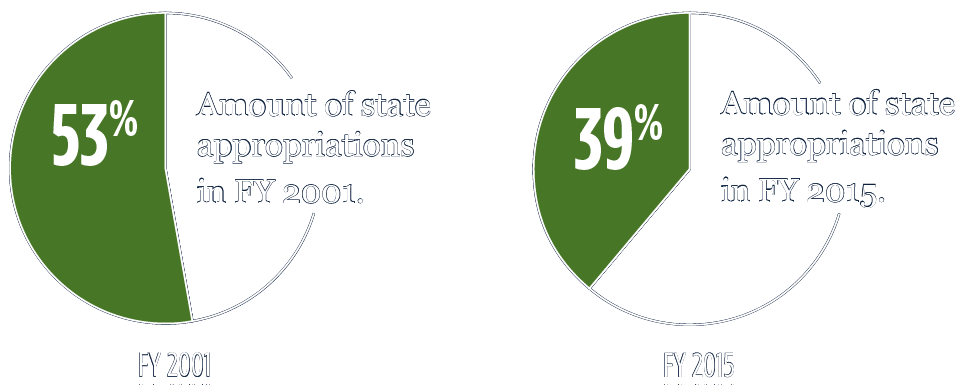
51 percent of students graduate a UT campus with debt. The average UT debt at graduation was $22,100.
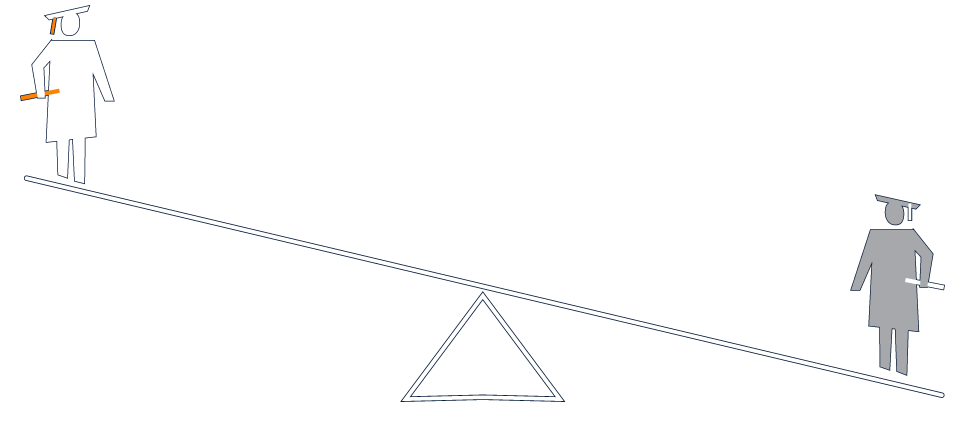
Nationally, an average of 71 percent of college graduates carry debt, with an average debt of $29,400 nationwide.3
3Source: National Institute for College Access and Success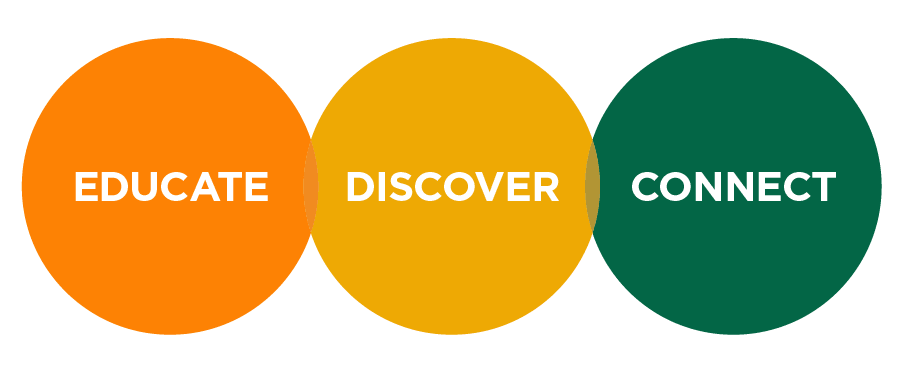
“The UT System’s delivery of education, discovery, outreach and public service contributes to the economic, social and environmental well-being of all Tennesseans.”
– University of Tennessee System Mission Statement
EDUCATE
Our faculty teach students through hands-on experiences that prepare graduates for careers and strengthen Tennessee's workforce.
Our faculty teach students through hands-on experiences that prepare graduates for careers and strengthen Tennessee's workforce.
Julie Hill, associate professor of percussion at UT Martin, encourages students to form musical groups and create their own instruments. A UT Martin alumna, Hill is a recipient of the school’s most prestigious teaching honor, the Cunningham Outstanding Teacher/Scholar Award.



